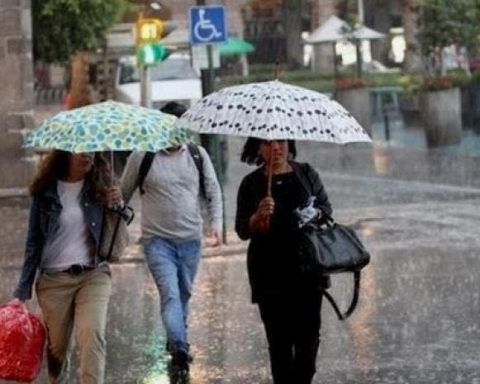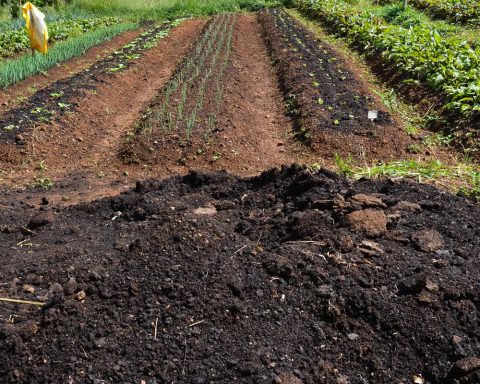Santo Domingo.-The Hurricane Committee of the World Meteorological Organization (WMO) warned this Wednesday that 2022 will be active in terms of the formation of cyclonestherefore developing countries and small islands are at the forefront, but the possibility of advancing the official date of the hurricane season was not discussed.
The increase in the formation of cyclones is due to the considerations of the “Sixth Assessment Report of the Intergovernmental Panel on Climate Change, which projects that the global proportion of tropical cyclones that reach very intense levels (category 4-5), (winds greater than 250 kilometers per hour) and rainfall rates, is expected to increase with climate warming.
It was reported that the experts did not touch on the subject of advancing the start date of the hurricane season pending the result of a technical study carried out by the National Weather Service of the United States, in relation to the event that consists of the formation of cyclones in the months of April and May.
You may also like: Hurricane season could be the eighth in a row to start before June
The Committee of hurricanes it is made up of experts from the National Meteorological and Hydrological Services and serves North America, Central America and the Caribbean (WMO Regional Association IV). It reviewed the unusually active 2021 Atlantic season and fine-tuned preparations for 2022 at its annual session, held virtually April 25-28.
The Atlantic hurricane season officially lasts from June 1 to November 30. Named storms that have formed before the official start of hurricane season in about half of the last 10 to 15 years, including each of the last seven years (2015-2021).
At the event, Ken Graham, president of the Hurricane Committee and director of the WMO Regional Specialized Meteorological Center in Miami / United States of the National Hurricane Center, expressed that the impact of a single storm can affect several countries, so it is essential that the countries have a plan, that efforts and challenges and best practices be coordinated, he said.
The meeting agreed to remove the name Ida from the rotating lists of Atlantic tropical cyclone names due to the death and destruction caused by the Category 4 hurricane in the United States of America in 2021.
Hurricane Ida
Ida was the most devastating storm of the season. It peaked as a Category 4 hurricane (on the Saffir-Simpson Hurricane Wind Scale) causing severe to catastrophic damage in southeastern Louisiana. Ida later became an extratropical low that brought heavy rain and deadly flooding to the northeastern United States. Ida is responsible for 55 direct deaths and 32 indirect deaths in the United States.
NOAA’s National Centers for Environmental Information (NCEI) estimated that Ida’s wind, rain, storm surge, and tornadoes caused a total of $75 billion in damage in the United States.
Instead, Imani will be used on the naming lists, which are overseen by the WMO to aid in the communication of storm warnings and to alert people to life-threatening risks.

Names were reported to repeat every six years, unless a storm is so deadly that its name is withdrawn, as in the case of Ida. In total, 94 names have been removed from the Atlantic basin list since 1953, when storms began to be named under the current system.
2021 was reported to be the third busiest year on record in terms of named storms, according to the US National Oceanic and Atmospheric Administration. It marked the sixth consecutive above-normal Atlantic hurricane season. For the second year in a row, it exhausted the regular names on the WMO rotating list (the first time this has happened).

















